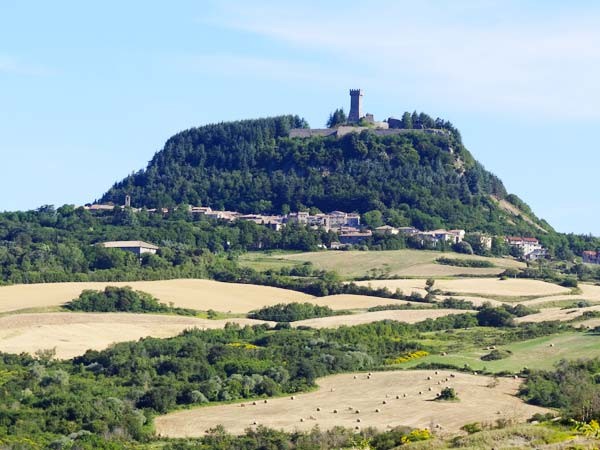Learning Italian on the Via Francigena: from San Gimignano to Radicofani

In the Middle
Ages the pilgrimage to Rome, to visit the the tomb of the
apostle Peter,
was one of the
three peregrinationes
maiores (“major pilgrimages”) together with the
pilgrimages to the Holy Land and to Santiago of Compostela: a
network of routes where the European identities and cultures
melted.
The Via
Francigena is part of several
routes which led to Rome from Northern Europe, expecially from
France.
The modern itinerary of Via Francigena - which has been designated a «Major Cultural Route of the Council of Europe» - comes from the 79 stops that Sigeric, the Archibishop of Canterbury, recorded on his way back to Canterbury from Rome where he had received his Pallium from the Pope in 990.

LINGUA propose you a course in Italian language while walking on the Via Francigena in the heart of Tuscany from San Gimignano to Radicofani, each night resting in pilgrim hostels or in private hotels at your choice.
One stage (or part of a stage) per day: everiday one hour and a half Italian tuition in the morning before each stage starts and one hour and a half Italian tuition during the resting stop in the middle of each stage.
Participants will have the opportunity to ask questions and to talk with the teacher while walking throughout the whole route, a full immersion in Italian language in a place which is unique for history, nature and culture:
from
the towers in San Gimignano to the walls in Monteriggioni and
to









